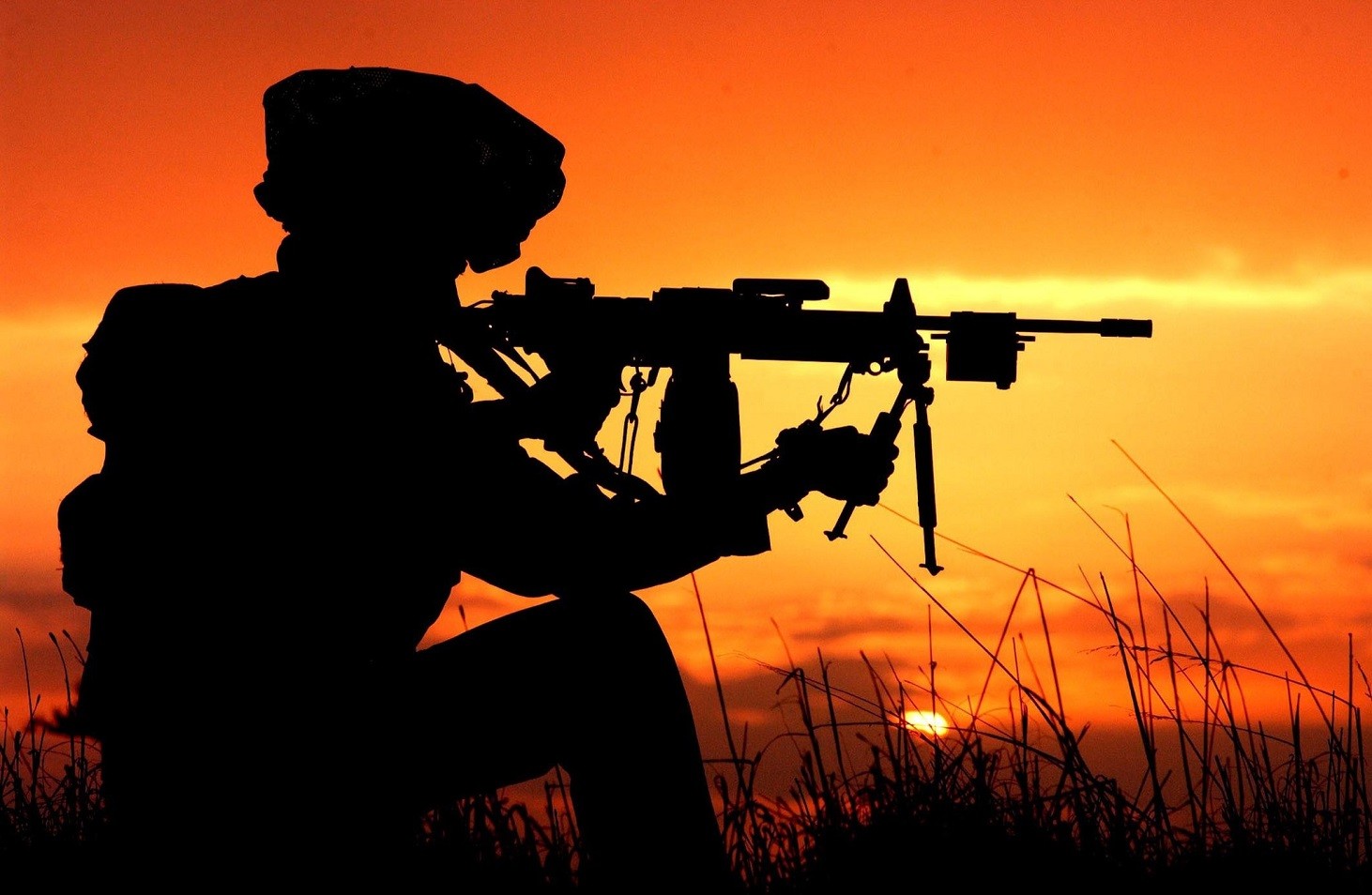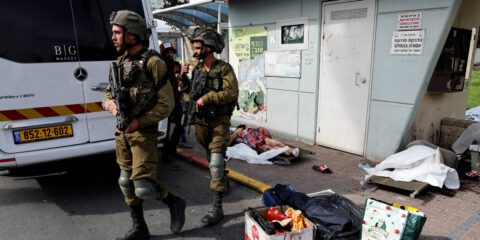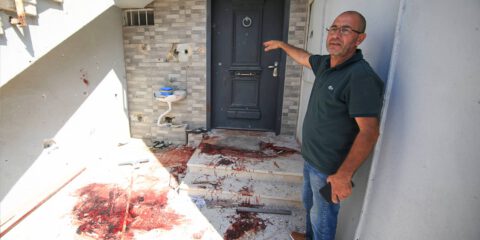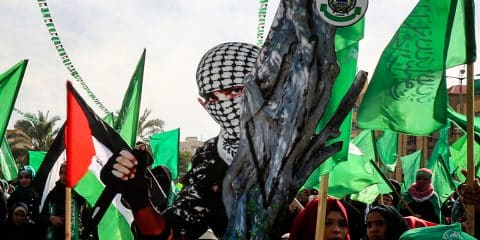Israel’s Struggle against Hamas’s Indirect Approach
From March to June 2018, estimates of approximately one hundred thousand protesters fired weapons and threw rocks at Israeli soldiers and sent balloon-transported firebombs and explosives into Israel, resulting in burnt forests and farmland, numerous Israeli injuries, and the death of at least one Israeli soldier. Israel’s strong response to the protest over the period resulted in approximately two hundred Palestinian deaths (many were from organized militias) and several thousand injuries. Hamas leaders inside Gaza stoke domestic instability and resentment against Israel and use the resulting violence to recruit and organize militia groups to conduct asymmetric insurgent warfare against Israel. (Photo courtesy of the Israel Defense Forces)
Over the last decade, the use of gray-zone warfare—part of a coercive strategy—has increased. Various actors in the international system use this kind of warfare to achieve political, economic, and military advantages while minimizing risks and the reactions of their opponents. The means of gray-zone warfare are based on ambiguity and low signature that provide politicians and decision-makers with a strategic capacity of plausible deniability. These include surgical, restrained, and limited use of kinetic forces—mainly the use of special operations forces or irregular forces; cyber warfare by governments or nonstate actors; information warfare; and other nonviolent means of coercive diplomacy such as economic sanctions and the use of trade to impose an actor’s will on its opponent (see figure).
In 2015, the U.S. Special Operations Command issued a white paper defining the “challenges” of gray-zone warfare as “competitive interactions among and within state and non-state actors that fall between the traditional war and peace duality. They are characterized by ambiguity about the nature of the conflict, opacity of the parties involved, or uncertainty about the relevant policy and legal frameworks.”1 Gray-zone threats are defined as “actions of a state or non-state actor that challenge or violate international customs, norms, and laws for the purpose of pursuing one or more broadly defined national security interests without provoking direct military response.”2 An April 2017 panel discussion in Crystal City, Virginia, by the U.S. Department of Defense’s Strategic Multilayer Assessment team—published later as a special document in June 2017—defined the gray zone as “conceptual space between peace and war, where activities are typically ambiguous or cloud attribution and exceed the threshold of ordinary competition, yet intentionally fall below the level of large-scale direct military conflict.”3
The study of gray-zone warfare intensified after Russia took control of the Crimean Peninsula in February 2014. Russian involvement in the Ukrainian civil war began with the apparent intent to provide internal and international legitimacy and legality for its actions in the international arena. Moscow clearly articulated its intention to rely more on an integrated strategy of using military and nonmilitary tools that took advantage of significantly vague legal concepts.
Among other things, Russia places great emphasis on psychological and political warfare, economic manipulations (e.g., disruption of access to the supply of natural gas), cyber activity, and lawfare. Russia also manipulates public opinion at home and abroad by using information warfare and disseminating “fake news” as a means of creating confusion and skepticism.
Read more in Military Review, January-February 2020, The Professional Journal of the US Army
JISS Policy Papers are published through the generosity of the Greg Rosshandler Family.
photo: Israel Defense Forces [CC BY-SA 2.0]








 - בניית אתרים
- בניית אתרים